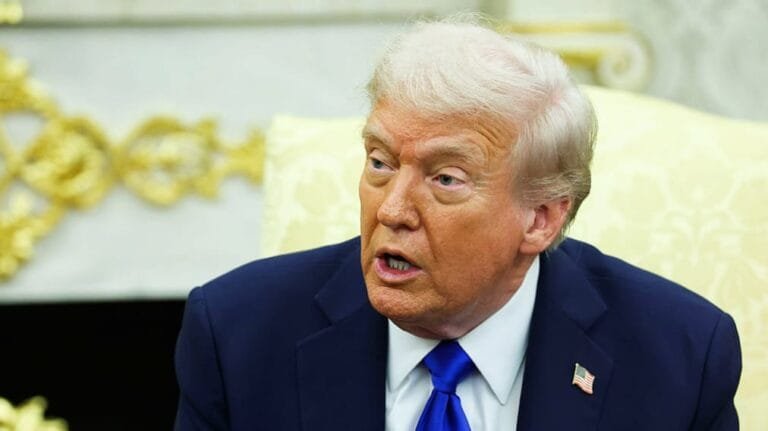
Federal offices remain closed as the 2025 government shutdown halts operations.
Background: US government shutdown 2025
The federal budget year in the United States began on October 1, 2025. However, the United States Congress did not pass all the necessary appropriations (grant/funding) legislation on time. This disrupted federal government funding, leading to a government shutdown that ended after October 1, with some agencies facing a government shutdown. The shutdown was primarily driven by political differences, particularly regarding healthcare subsidies, agency employee salaries, and furloughs and layoffs for federal employees. This shutdown remains the longest in American history. What impact has it had?
Proposed Solutions and the Role of the House of Representatives
The United States Senate passed a funding bill on Monday (November 10, 2025) that provided steps toward reopening the government. The key points of this bill were a proposal to keep the government funded until January 30, 2026, combining some full-year funding legislation with a stopgap solution. It also included back pay for federal employees and a provision to prevent job cuts for those employees. However, an extension of health subsidies (such as those under the Affordable Care Act) was not included in this proposal.
The Political Side: Who’s Saying What
Republican Party (GOP) Republicans argue that “House Speaker Mike Johnson has stated his support for this proposal and hopes it will pass.” Republicans also seem to suggest that the extension of health subsidies should be left for the future—that the government should be operational immediately. Democratic Party Democrats say they need assurances before this vote that health subsidies, social security programs, and agencies will not be cut. They believe that simply reopening the government is not enough.
Some Democrats rejected the suggestion that they were forced to compromise—they believe it goes against their promises to their voters. Democrats also pointed out that the proposal does not guarantee future health assistance extensions. Public Opinion: Public opinion is pointing to a growing problem with this shutdown.
Why is this a ‘big deal’? on US government shutdown 2025
This shutdown is poised to be the longest ever in the United States. Its impact will be felt not only by the Federal Social programs, air traffic control, and food assistance have been affected nationwide, not just for employees. This has also highlighted the power of appropriations and social program strategy (policy riders) between Congress and the President.
This signals the political future of when and how the next budget battle will begin—the resolution has set a deadline of January 30th, but new conflict is possible after that.
What could happen next—Possible Scenarios
If the resolution passes, the government will restart, employees will receive salaries, and agencies will be able to function. Airports, food assistance, and other public services could return to normal. This would provide temporary relief and buy time until the next budget battle. If the resolution is rejected or the vote is too tight, the shutdown could continue, exacerbating the impact: employee salaries will be suspended, programs will be suspended, and public inconvenience will increase. New questions about political leadership could arise—who lost the battle, who compromised. The next funding deadline and preparations for it will be crucial. Changes may be coming.
What are the next steps? Following this proposal, a vote has been promised next month (December), especially on key issues like health subsidies. Funding is to be secured by January 30, 2026—new disputes may arise after that deadline. Both major parties will assess how the public views this issue over time—this could impact the next elections.
Conclusion: US government shutdown 2025
Therefore, when we see that “the House is returning to the vote”—it is not just a date change, but a moment of fundamental democratic, financial, and policy-value questions. This will determine when and how the government functions, how effectively social security programs will function, and what the next steps in politics will be. If you’d like, I can analyze the various provisions within this proposal (funding for each department, health schemes, employee status, etc.) .






